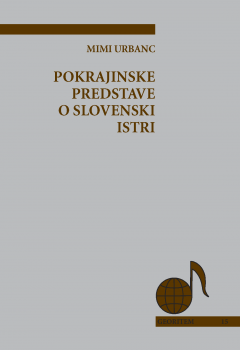Pokrajinske predstave o slovenski Istri
Kulturna pokrajina je kompleksen pojav in obenem proces, je medij in rezultat človekove dejavnosti ter njegovega dojemanja. V knjigi prikazujemo dojemanje in zaznavanje prostorskih učinkov posledic zgodovinskih dejstev v slovenski Istri v 20. stoletju. Niso nas zanimale neposredne spremembe sestavin kulturne pokrajine, ampak odnos ljudi do njih, zato smo uporabili teorijo družbenih predstav, s katerimi predstavljamo pokrajino kot kompleksen pojav. V empiričnem delu smo z računalniškim programom ATLAS.ti analizirali 147 besedil s skupno 3344 stranmi. Monografija temelji na postmodernističnem gledanju na pokrajino, v katerem pokrajina ni več samo materialna stvarnost, ampak družbeni in kulturni dokument. Njegovo branje omogoča razkritje pomenskih slojev in procesov, ki ta dokument sestavljajo.
Prenosi

Zbirka
Licenca

To delo je licencirano pod Creative Commons Priznanje avtorstva-Nekomercialno-Brez predelav 4.0 mednarodno licenco.
